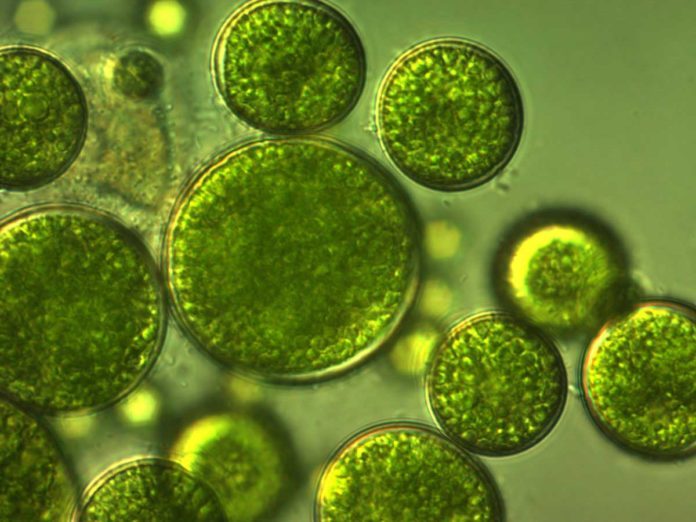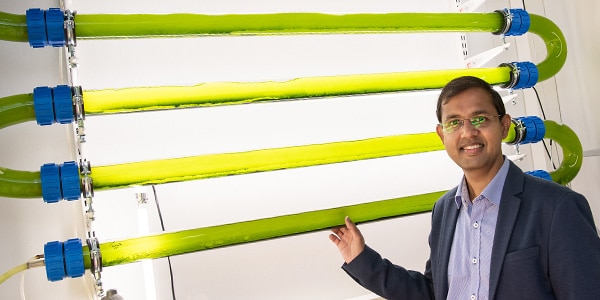Scientists at the University of Eastern Finland are conducting a new study on microalgae to discover potential applications of microalgae in different fields, including wastewater treatment and bioenergy production. By studying different types of wastewater, such as wastewaters from the aquaculture, dairy, and paper industries, scientists hope to screen optimal conditions for maximizing microalgae growth.
The paper and pulp industry generates a large amount of wastewater and causes harmful effects on the environment and human health. The wastewater is enriched with carbon but low in nitrate and phosphate (nutrients). These nutrients lead to the growth of microalgae.
To beat this issue, one solution is the mixing of wastewaters with low convergences of nutrients (for example, mash wastewater) and different wastewaters containing high convergences of nutrients (for example, aquaculture wastewater). This will permit the adjusting of supplements for the successful development of microalgae and productive wastewater treatment.
Associate Professor Amit Bhatnagar said, “Microalgae grow best in optimized environments. We can increase the amount of algae biomass by adjusting the light, temperature, and pH conditions. Different species of microalgae also have their individual characteristics. So far, we have grown microalgae in different types of photobioreactors.”
“It is possible to build a water purification system based on microalgae. This could even be a new opening for the new Finnpulp factory that is being planned in Kuopio. We still don’t have sustainable solutions for wastewater purification. At the moment, wastewater treatment requires lots of energy and use of toxic chemicals. We need to have sustainable solutions for wastewater treatment with the focus on resource recovery. Using microalgae is an easy and affordable way to treat wastewater, and no toxic chemicals are needed in the process.”
“Microalgae are a rich source of valuable components such as lipids, carbohydrates, proteins, and pigments, which are used in food and feed production, bioactive pharmaceuticals, nutraceuticals, functional foods, and bioenergy (biodiesel, bioethanol or biogas).”
The amount of microalgae required for biodiesel’s creation relies upon the structure of the composition of fatty acids in the biomass. In certain algae species, it is conceivable to build their unsaturated fat substance up to 50%.
Microalgae can likewise add to environmental change alleviation, as microalgae have the capacity to use CO2 as a carbon source, and biomass delivered from microalgae can be utilized as a feedstock for other esteem included items.
Bhatnagar said, “Here in Finland, the lack of sunlight and cold temperatures are a problem for the practical application of microalgae during the winter. Nevertheless, we are trying to identify local species of microalgae, which can easily adapt to the harsh conditions.”
“There are also new opportunities in the fields of bioplastics and biomedicine. We are now truly harnessing the green gold for the benefit of our future.”
Journal Reference
- https://doi.org/10.1016/j.biortech.2018.01.101
- https://doi.org/10.1016/j.biortech.2018.08.032
- https://doi.org/10.1016/j.biortech.2018.11.059
- https://doi.org/10.1016/j.jece.2018.02.033

